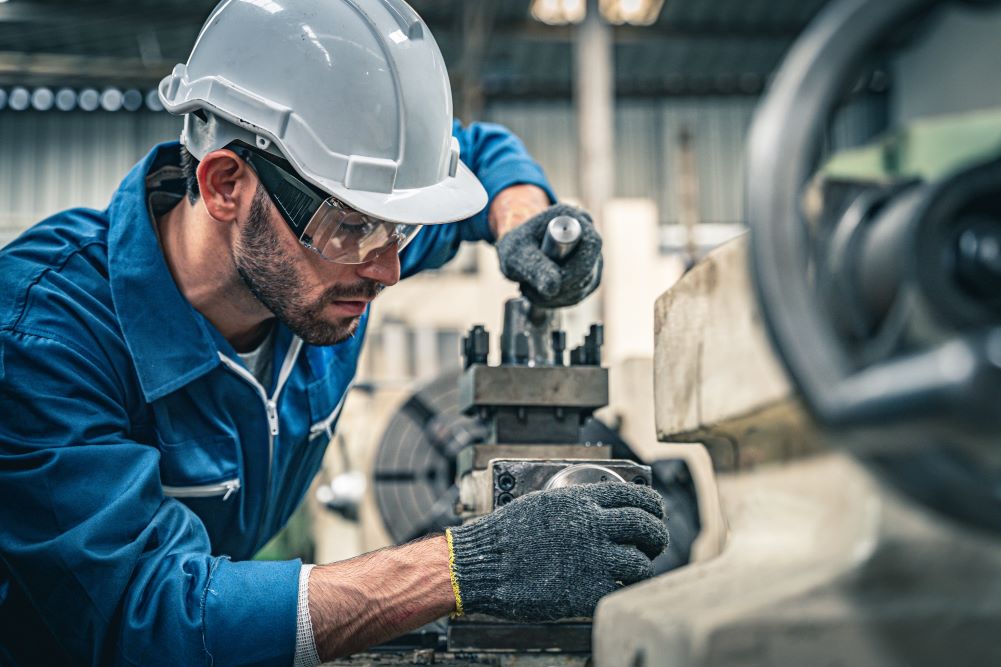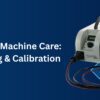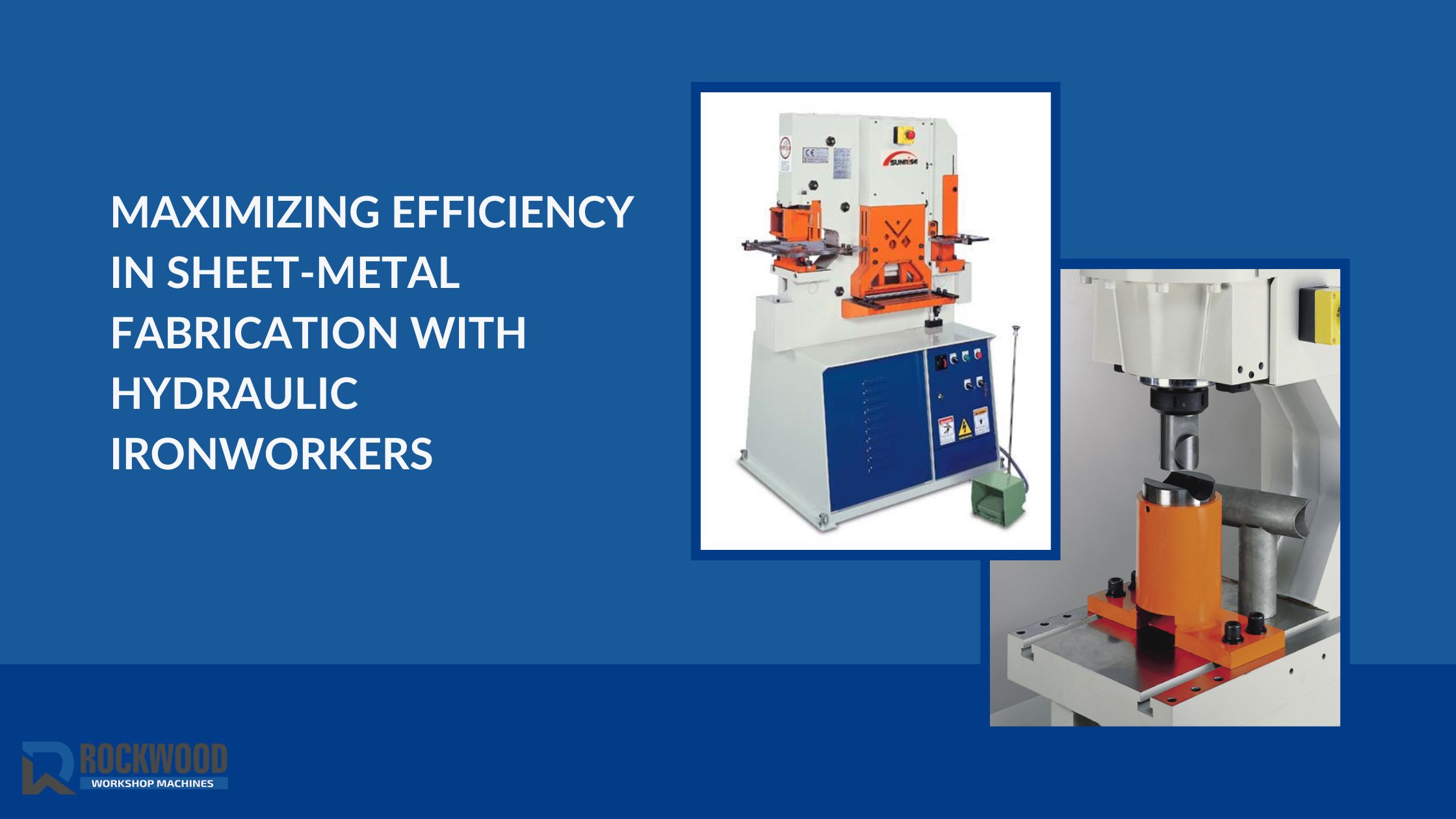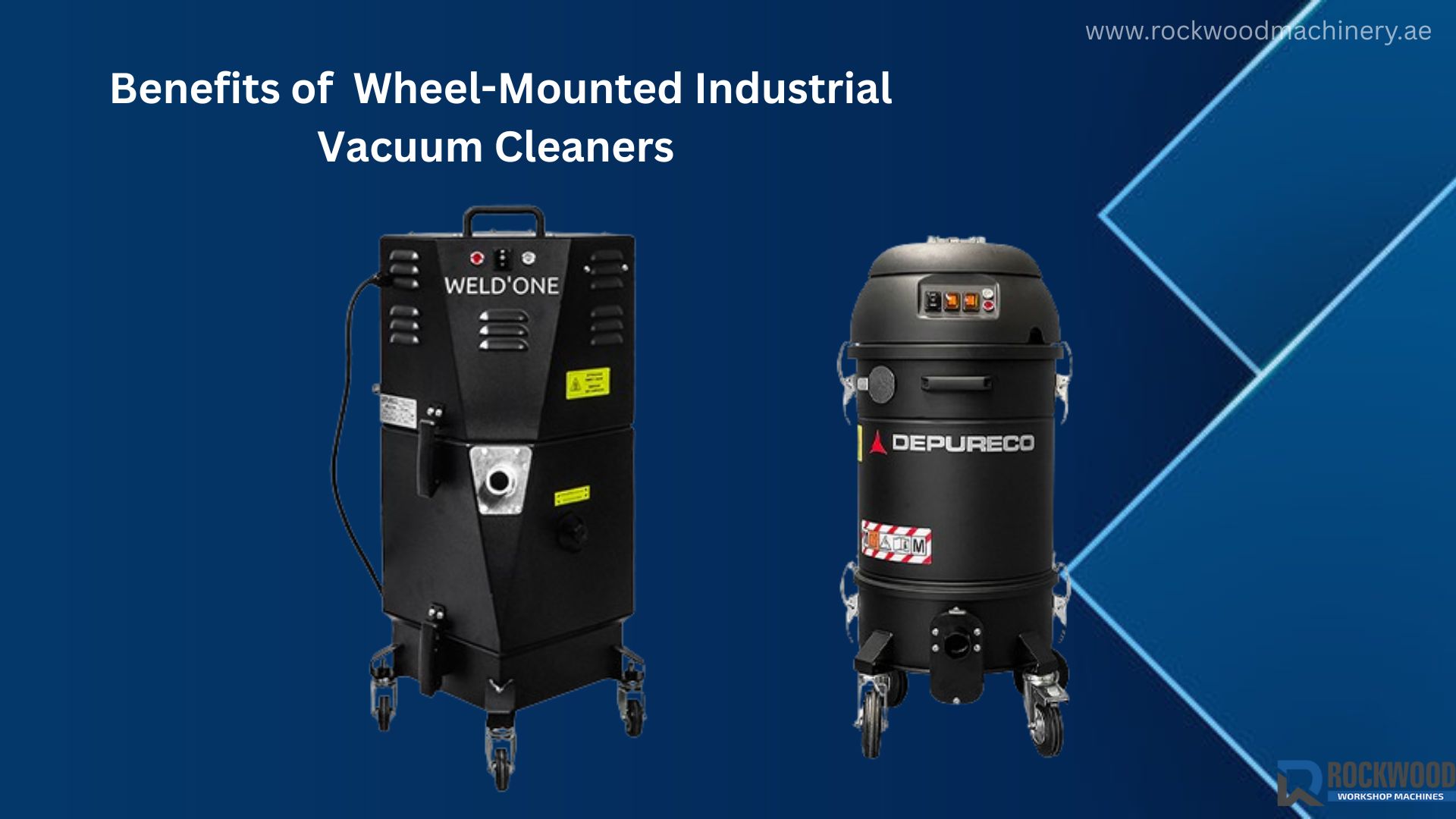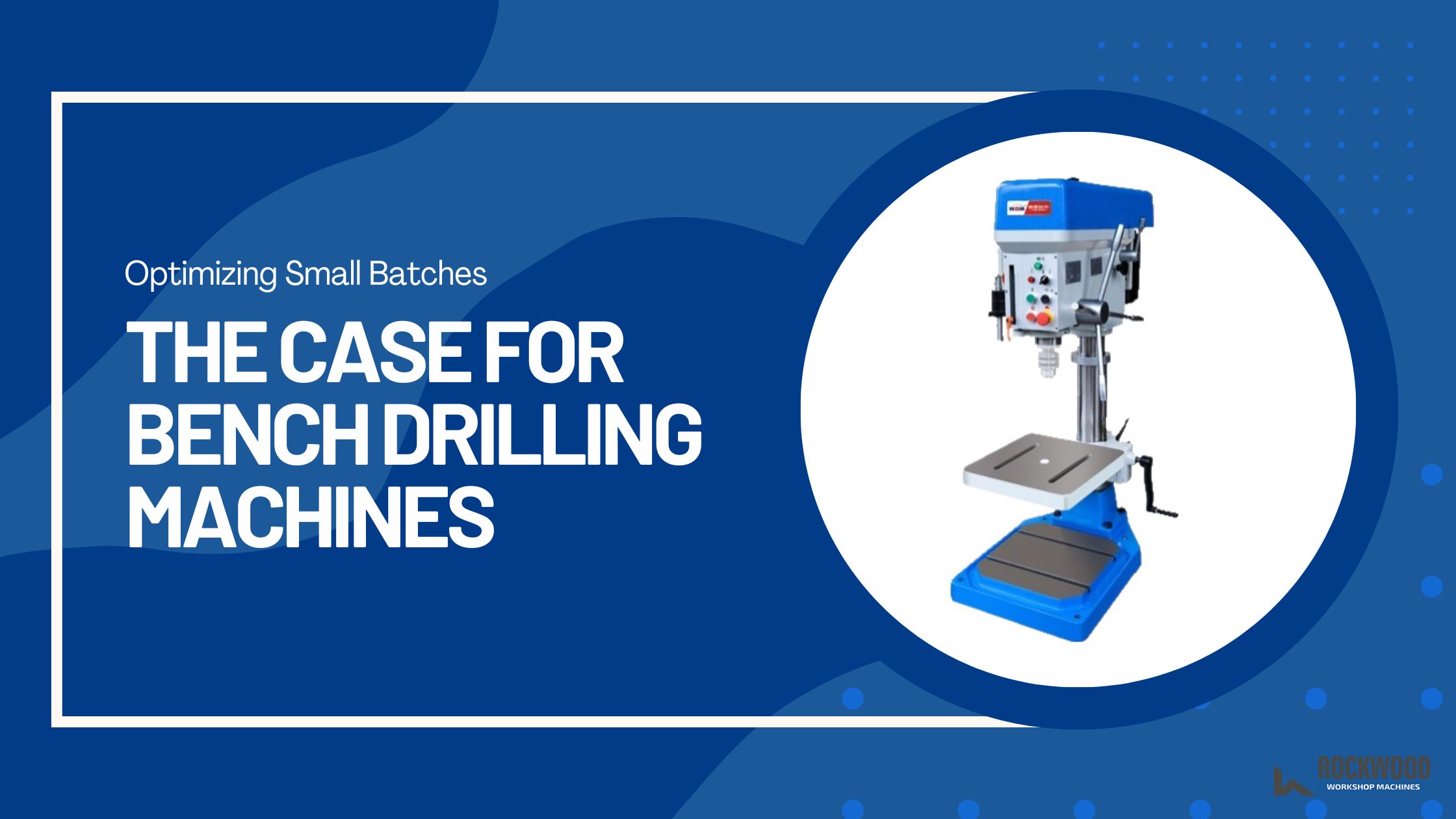7-Step Seasonal Maintenance Checklist for Workshop Tools in Hot Climates
If you work with workshop tools in a place where temperatures soar and dust is in the air year-round—like much of the Middle East—you know just how tough the climate can be on your equipment. Extreme heat, fine sand, humidity, and even salty air near the coast can all affect how your tools perform and how long they last.
Whether you’re running a busy fabrication shop or managing a large industrial workspace, proper seasonal maintenance isn’t just a good idea—it’s essential. A few simple checks and tune-ups can go a long way in extending tool life, improving safety, and avoiding unexpected downtime.
Here’s a 7-step seasonal maintenance checklist to help you keep your tools working at their best—even in the most challenging environments.
1. Inspect for Heat Stress
If the sun can be relentless, even tools can be affected. If your tools are soaking up the heat, lubricants can dry; plastic casings can become embossed and melt, and electronics can fail.
What to do:
- Check for cracked, melted, or warped plastic parts.
- Check power tools for overheating or sluggish performance.
- Replace worn or heat-damaged components before they fail.
Pro tip: Keep sensitive tools out of direct sunlight and store them in shaded or air-cooled areas whenever possible.
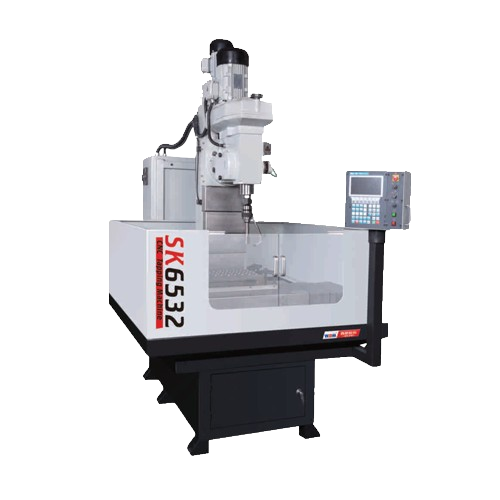
2. Clean Out Dust and Sand
In dusty environments, the transport of fine particles to modes, moving parts, switches and vents is easy. Over time, these particles can cause the tool to jam, overheat, or wear out faster than usual.
What to do:
- Use compressed air to clear dust from tool vents and motor housings.
- Gently clean the dust and dirt from the surfaces using a dry and soft cloth.
- Regularly clean filters in vacuum systems, compressors, and other air-powered tools.
Bonus tip: Keep tools covered or stored in sealed cabinets when not in use to reduce exposure to airborne dust.
3. Lubricate Moving Parts
Dry, hot conditions cause lubricants to evaporate or break down faster, which increases wear and tear on moving parts.
What to do:
- Check tool joints, hinges, bearings, and sliding components for dryness or stiffness.
- Select the proper lubricant as advised by the tool’s manufacturers.
- Wipe off excess grease to prevent dust buildup.
- Keeping your tools well-lubricated helps everything run smoother—and makes them feel brand new again.
4. Watch for Rust and Corrosion
While many areas may feel dry, indoor air conditioning and coastal humidity can still create the perfect environment for rust to form—especially on metal tools or cutting blades.
What to do:
- Inspect hand tools, drill bits, and machine surfaces for any signs of rust.
- Remove minor rust spots using a wire brush, then treat the area with a rust-inhibiting spray or protective oil.
- Keep your tools in a cool, dry place with good airflow, and use moisture absorbers if necessary.
Being mindful of tool care today can help you extend the life of your tools and avoid costly replacements later.
5. Test Performance Before It Slows You Down
Sometimes, tools degrade gradually—and by the time you notice something’s wrong, it’s already affecting your work. Seasonal testing helps you catch those issues early.
What to do:
- Test each tool for performance—does it still cut, grind, or drill as expected?
- Listen for odd noises or vibrations.
- Replace worn parts like carbon brushes or blades as needed.
- Keeping track of performance also helps identify which tools might need to be retired or upgraded soon.
6. Check Cords, Batteries, and Power Sources
Heat and constant use can be tough on power cords, battery packs, and plugs. Damaged cords are not just inefficient—they’re dangerous.
What to do:
Look over all cables for cracks, fraying, or exposed wires.
- Inspect plugs and sockets for signs of melting or discoloration.
- For cordless tools, monitor battery performance and replace failing packs early.
- Make sure you’re using heavy-duty extension cords and power strips rated for workshop use to help maintain a safe and productive workspace.
7. Recalibrate Precision Tools
Heat, dust, and occasional bumps can all throw off the accuracy of your measuring and alignment tools. If you’re in welding, fabrication, or machining, this matters more than ever.
What to do:
Check calibration on tools like torque wrenches, levels, and calipers.
- If a tool is consistently off, get it professionally recalibrated.
- Replace tools that no longer maintain accurate readings.
- A small calibration error can turn into a big mistake—especially on high-value projects.
Final Thoughts
In harsh climates, a little maintenance goes a long way. When tools are clean, calibrated, and well cared for, they perform better and last longer. You’ll avoid the stress of mid-project breakdowns and keep your team working safely and efficiently.
If you’re looking to upgrade your setup or need guidance on which tools are best suited for high-temperature environments, partnering with the right industrial equipment supplier makes a big difference. At Rockwood Machinery, we not only offer durable, reliable workshop tools, but also expert support to help you maintain them year-round.
Bonus Tip: Invest in Tools Built for Tough Conditions
When buying new tools, look for features like sealed switches, rust-resistant components, and advanced cooling systems. Tools made for heavy-duty or outdoor use tend to hold up better in demanding environments.
Not sure where to start? Your trusted industrial equipment supplier can help you choose tools that are right for your workspace, your workflow, and your climate.
Looking for the right tools or support for your workshop? Rockwood Machinery is here to help with the equipment, knowledge, and maintenance guidance you need.
To read more blogs, click here: Workshop Tool Calibration: Why It Matters for UAE Manufacturers

